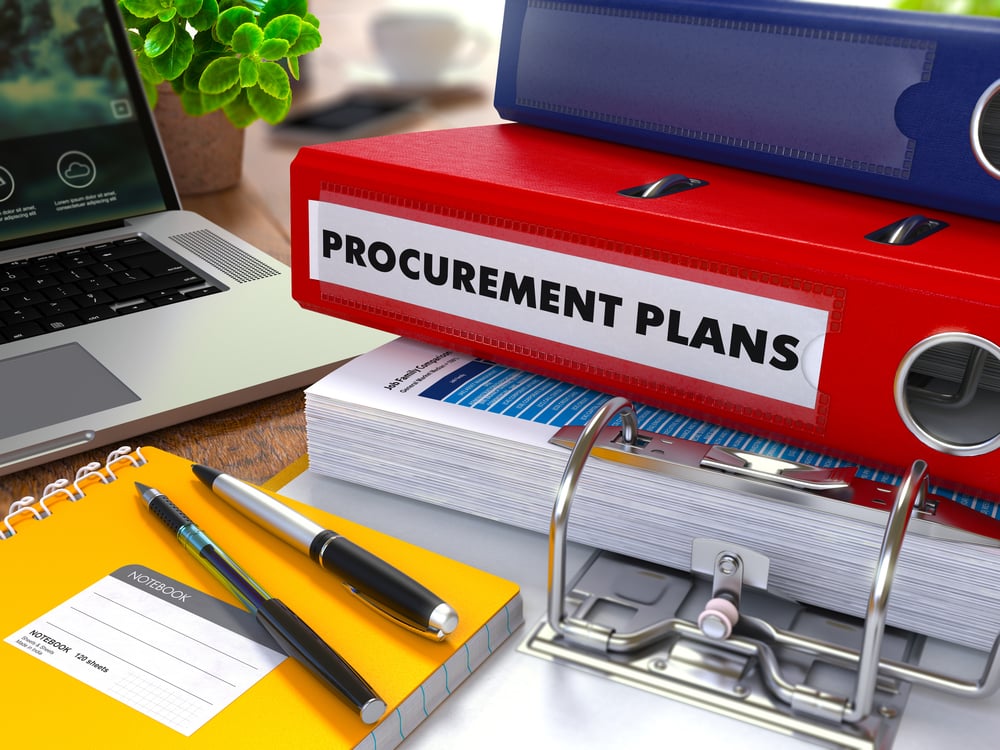
In many Contract Lifecycle Management (CLM) solutions, the contracting process traditionally begins with a contract request.
However, to achieve optimal contracting outcomes, it is crucial to acknowledge that the process should commence well before that stage.
Before committing to a contract, a good process might already have a procurement plan in place. The business may have gone through some form of procurement process and discovery workshop and have some form of a term sheet or heads of agreement setting out key terms. These preliminary steps aid participants in structuring their thinking, identifying the problems they aim to solve, and establishing the desired outcomes and how they will work together to achieve them.
By the time we reach the stage of requesting or drafting a contract, a considerable amount of necessary information should, therefore, already be readily available.
The key lies in ensuring that the previously agreed upon or determined information is accessible for use in the contract without the need for redundant data entry.
Fortunately, there are various approaches to accomplish this.
This post is part of a series of posts aimed at providing practical options for organisations that don’t want, can’t use, or cannot obtain a full CLM solution and are looking for guidance on what they can do with the tools they have and some reasonably priced add-ons. For more background and context, please see this introductory post.
One is to have a platform that is so comprehensive it can do everything. This is how the most fully featured CLM solutions market themselves.
Another potential solution involves leveraging integration capabilities to seamlessly transfer data from one system to another. This integration enables the smooth flow of information, eliminating the need for duplicative efforts. Integration platforms such as Workato aim to fill this gap (and are also used by some CLMs such as Agiloft to better enable their own integration capability).
Additionally, document automation systems frequently provide the functionality to link templates together, creating a package of templates. This feature allows multiple documents to be generated simultaneously or at different stages of the process. For instance, you could generate a term sheet initially and then return later to generate a comprehensive set of transaction documents, effortlessly building upon and updating the data from the term sheet. As a result, unnecessary data re-entry becomes a thing of the past.
Our customer, New Zealand Green Investment Finance, has done exactly that, leading to great results and being a finalist in the World Commerce & Contracting APAC Awards for Operational Improvement.
In upcoming posts, I will delve into practical strategies that empower legal teams to optimise their contracting processes from an early stage. I will examine options for leveraging available information and explore how integration and document automation can ensure seamless continuity throughout the contract lifecycle.
If you are interested in improving your overall contracting outcomes, talk to us about a more holistic review of your end-to-end process. As well as looking at contract templates, we can assist with reviews of process maps, guidance manuals and overall outcomes and identify ways to help guide your team towards taking a more structured and strategic approach to contracting before the contract request stage.
%20(1).jpg?width=290&name=Gene%20-%20December%202020%20v2%20(1)%20(1).jpg)




